What the heck is a zine, anyway?
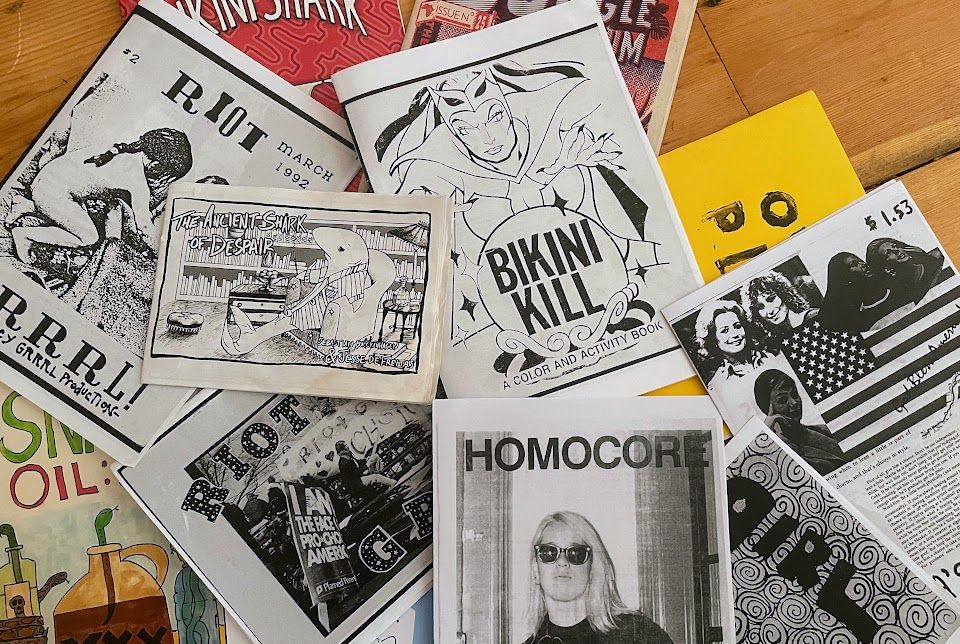
Hello loves!
You might have heard me babbling on about how Girls of Little Hope pays homage to 1990s Riot Grrrls and zine culture, but what the heck are zines exactly?
Simply: zines are small, independent mixed-media magazines, usually created by one passionate person or a tiny group of people, and typically reproduced using such high-tech tools as glue, Sharpies and school photocopy machines. They often have a teeny print run, like fewer than 100 copies, so they're like little Easter Eggs hiding in the world waiting to be discovered.
Because anyone can make one, zines have always been inherently countercultural; a way for people who's voices have been silenced to distribute dissident ideas.
In a way, you could say that zines have existed since the printing press. In 1517 Martin Luther was going around distributing radical pamphlets about the corruption of society in his day, leading to a full peasant's revolt in the 1520s. And subversive pamphleteering has been a feature of every major revolution since then, from Haiti to France to China. Pamphleteering has also played a key role in social activism: from early gay rights activists like Karl Heinrich Ulrichs to feminist movements and abolitionists, independent publishing has always played a key role in sharing ideas that were too radical to be published by mainstream press.

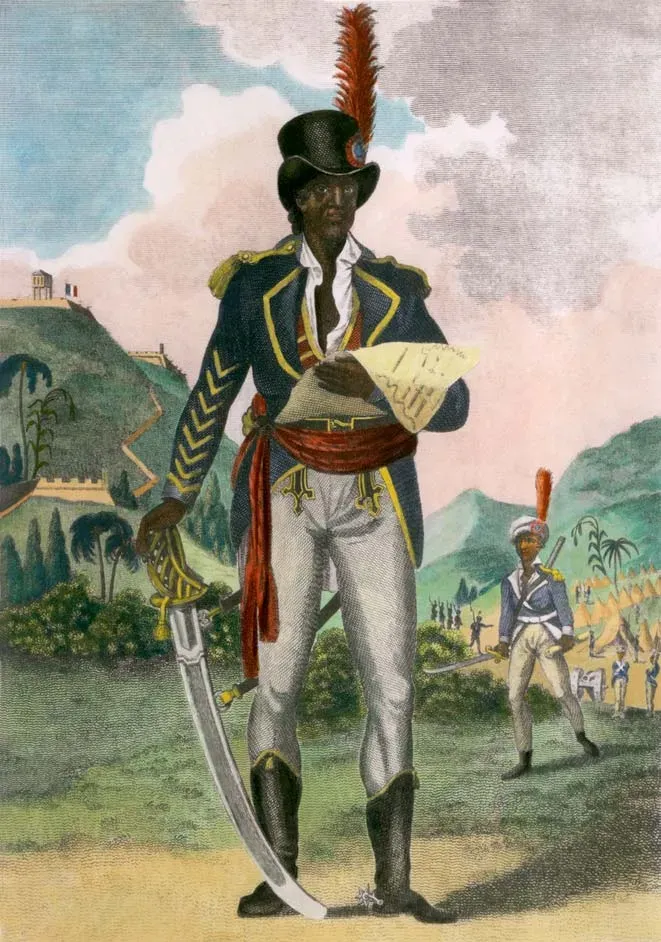
Back in the day, during the Harlem Renaissance and the anti-Apartheid movement in South Africa, independent literary magazines of Black culture were a lifeline for spreading truth when the state was busy censoring and banning anything remotely subversive. Brave activists risked it all to found their own alternative presses, risking jail time, exile, or worse.
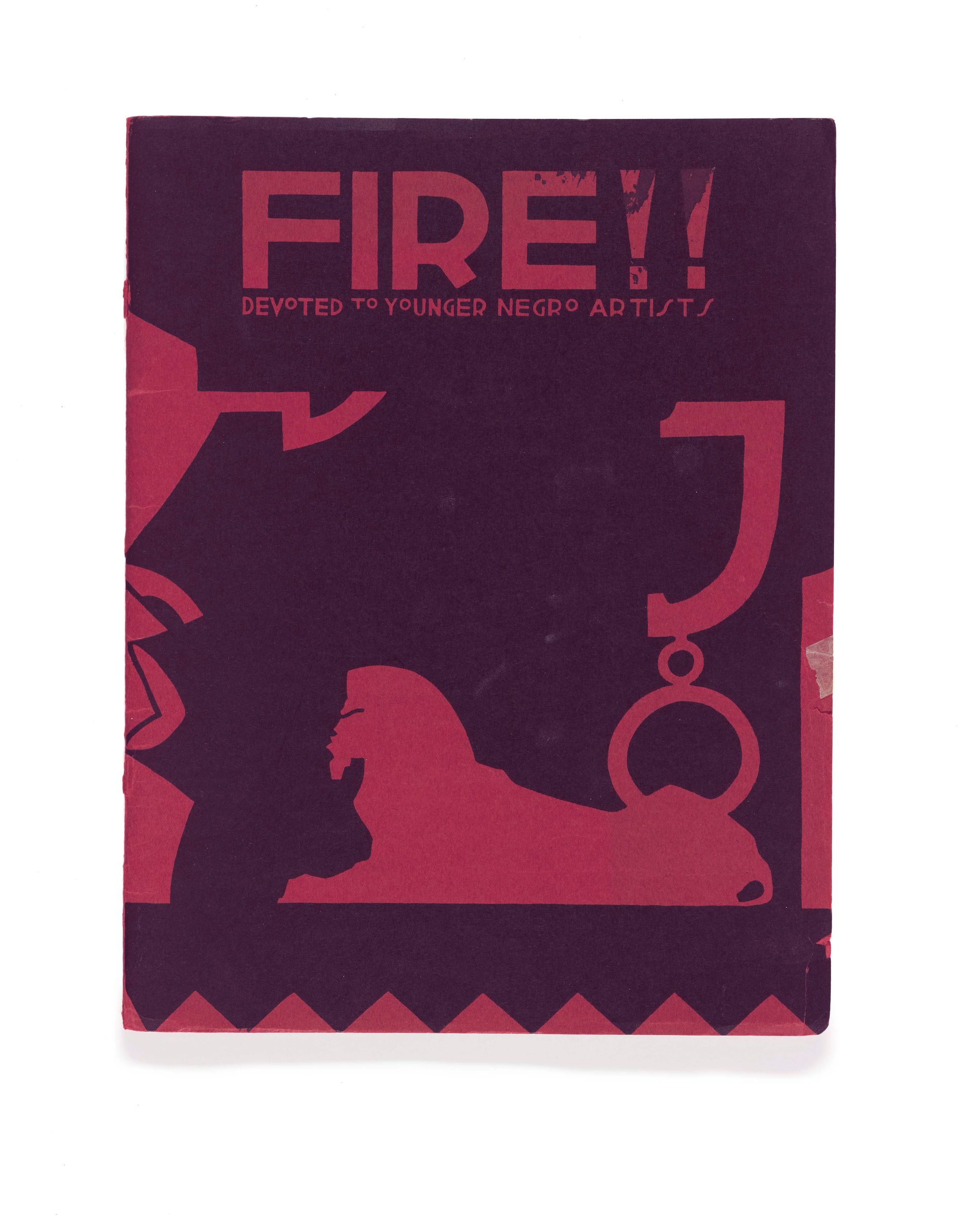
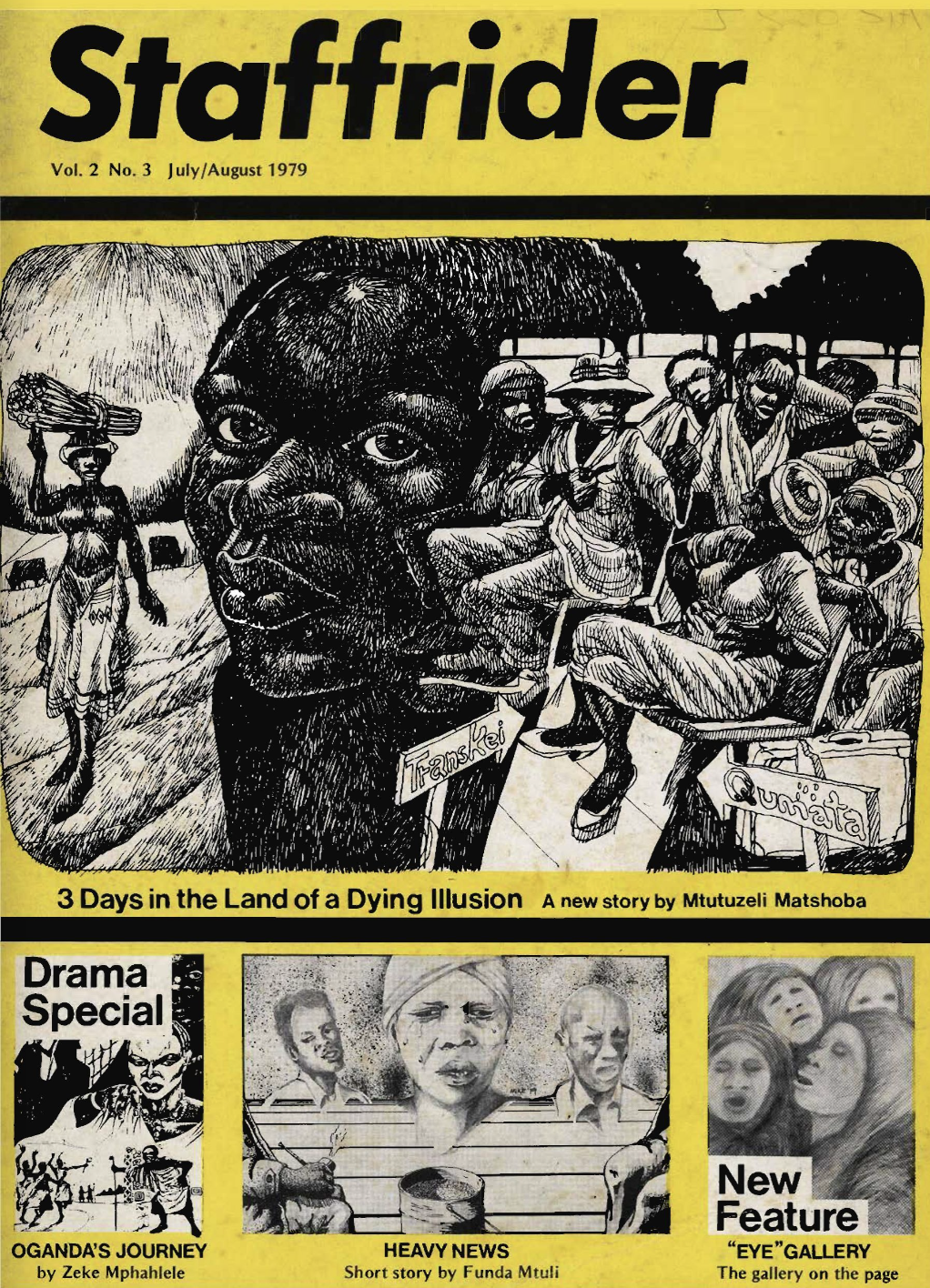
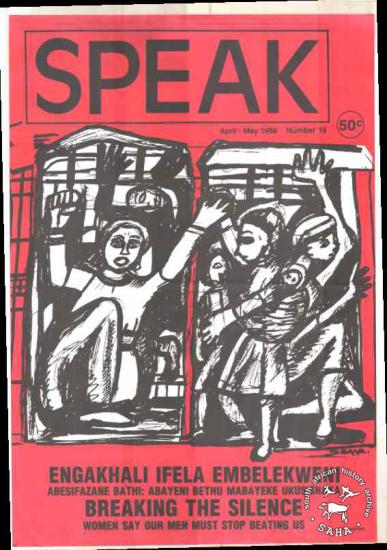
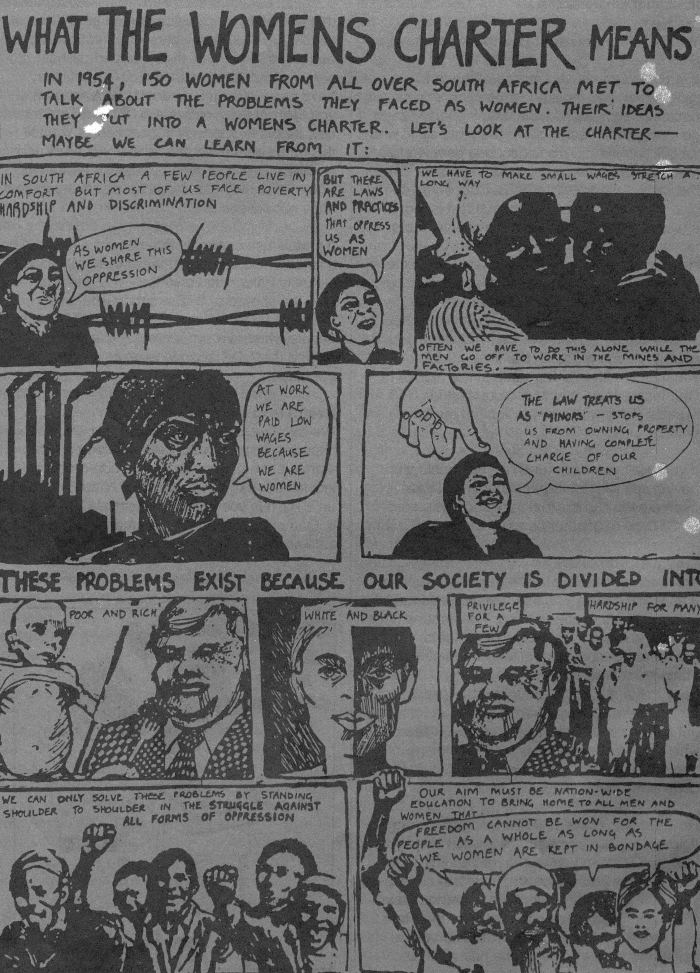
The word "zine" was first used in the 1930s to describe sci-fi fanzines like The Comet. These were amateur magazines where sci-fi enthusiasts shared letters geeking out about their favourite stories, and later started publishing their original fiction.
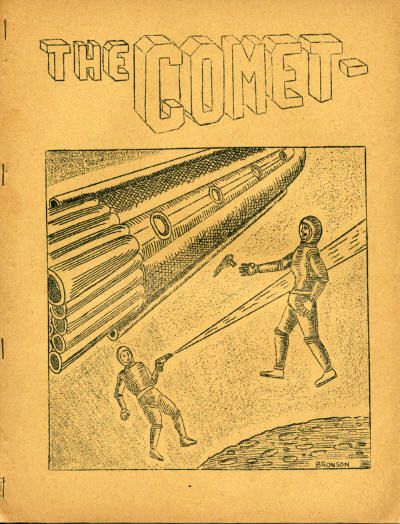
Fun fact: Superman himself made his debut in a fanzine in 1932.
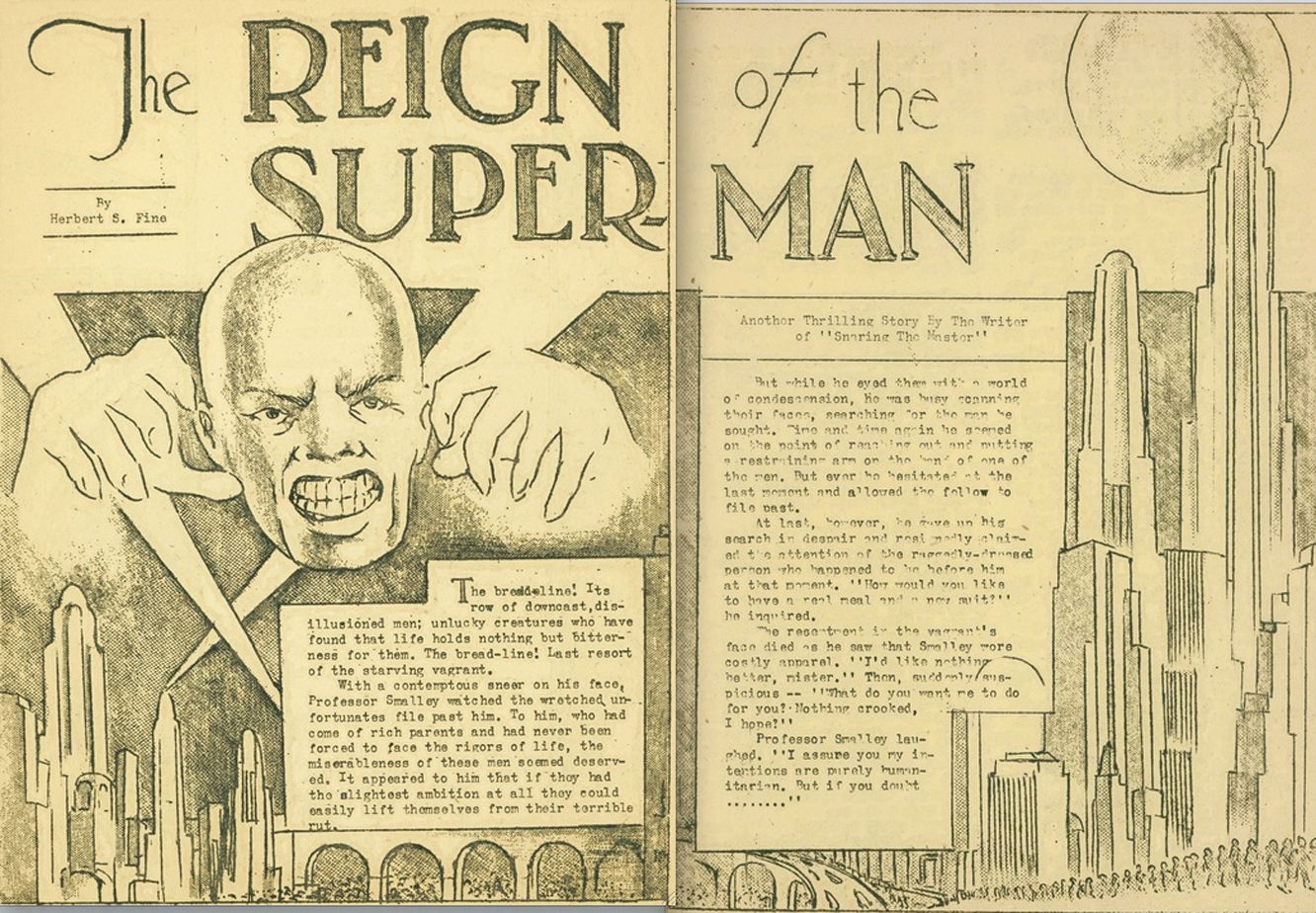
By the 1970s, a lot of fanzine content was fanfiction (specifically Kirk/Spock slashfic written almost exclusively by and for women, which is a whole fascinating tangent by itself...). Zines were like an early version of Wattpad.
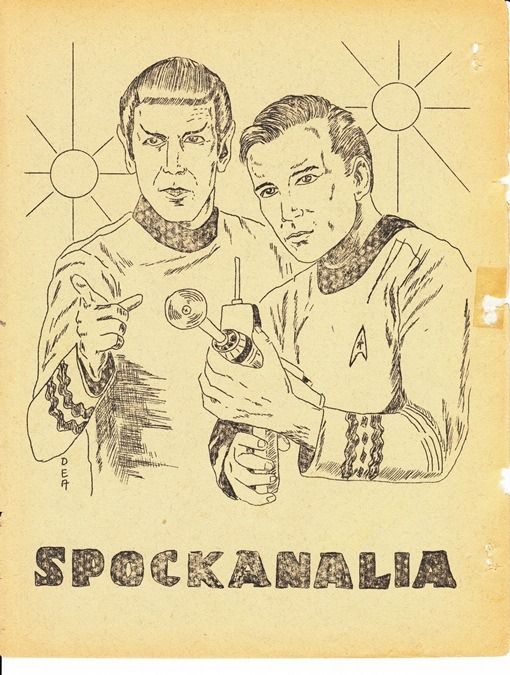
And there were fanzines for other subcultures, particularly punk in the 1970s. Punk was all about anti-authoritarianism, anti-commercialism and the DIY aesthetic... so zines and punk were a match made in anarchy heaven. The DC Punk Archive zine library online is an absolute goldmine for diving into punk zine history, if you're so inclined.

In many ways, 90's zine culture emerged as a direct reaction to the sexism, violence, racism and homophobia that defined a lot of 70's and 80's punk. The first Riot Grrrl meeting took place in 1991 to call out the sexism in their local punk scenes around the United States. Zines became their megaphones, with fierce women the sharing feminist ideas and art that was coming out of the Pacific Northwest underground music scenes. Out of this movement came bands like Bikini Kill and Sleater Kinney and Sista Grrrl, inspiring young women to speak up and start their own bands, make their own art and build communities of support.
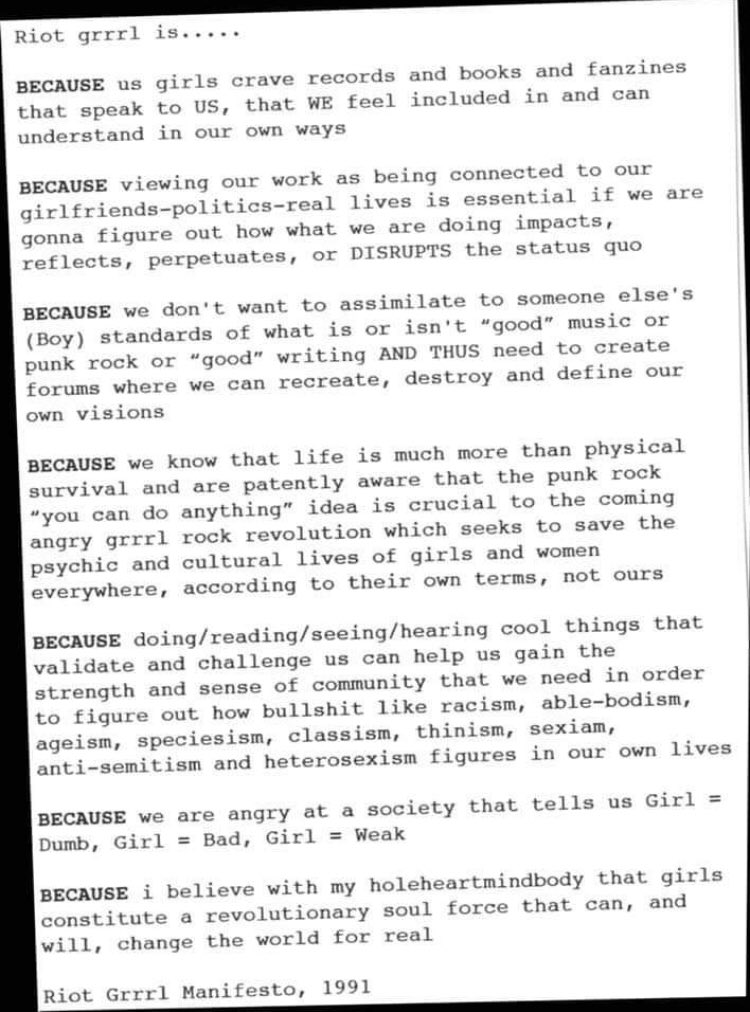
This was all was intertwined with the Queercore movement, which also grew out of punk in the 80's, but explicitly celebrating queer joy and gender anarchy. There's an incredible library of Queercore zines online at the Queer Zine Archive Project.
The necessity of radical publishing like this becomes extra clear when you look at what mainstream women's magazines looked like at the time. I give you exhibit E ("E" for "eww"):

You can put anything in a zine. Flip through those 90's zines and you'll find song lyrics, poetry, porn, cartoons, interviews with musicians, incredibly personal stories, book suggestions, activism, art, information about real-world events and marches. You'll find anger and you'll find jokes. You'll find teenagers whining about school and questioning their sexuality. You'll find people reaching out to strangers, finding connection over shared experiences. Basically, zines were what we had before we had social media.
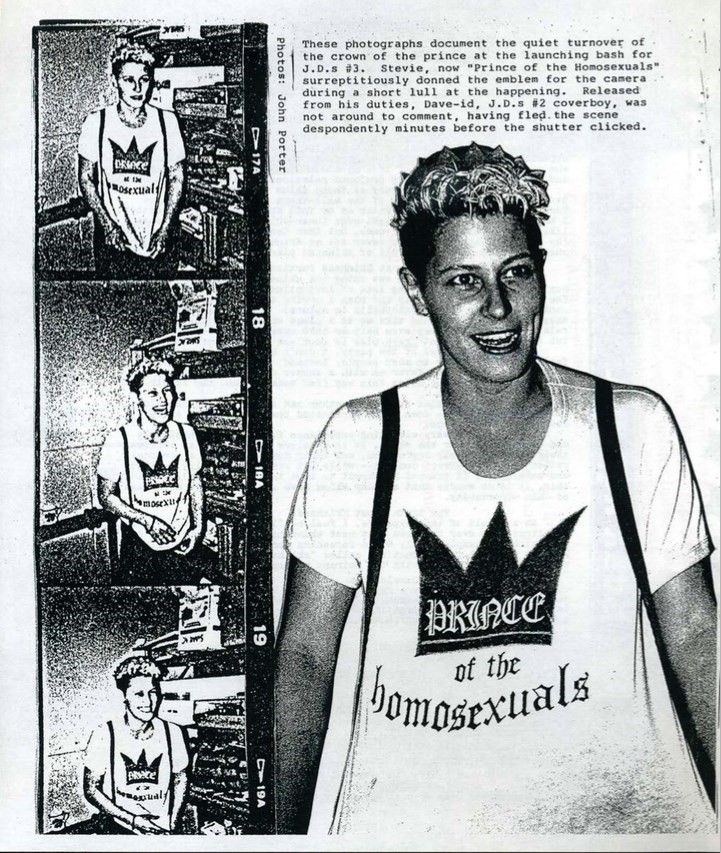
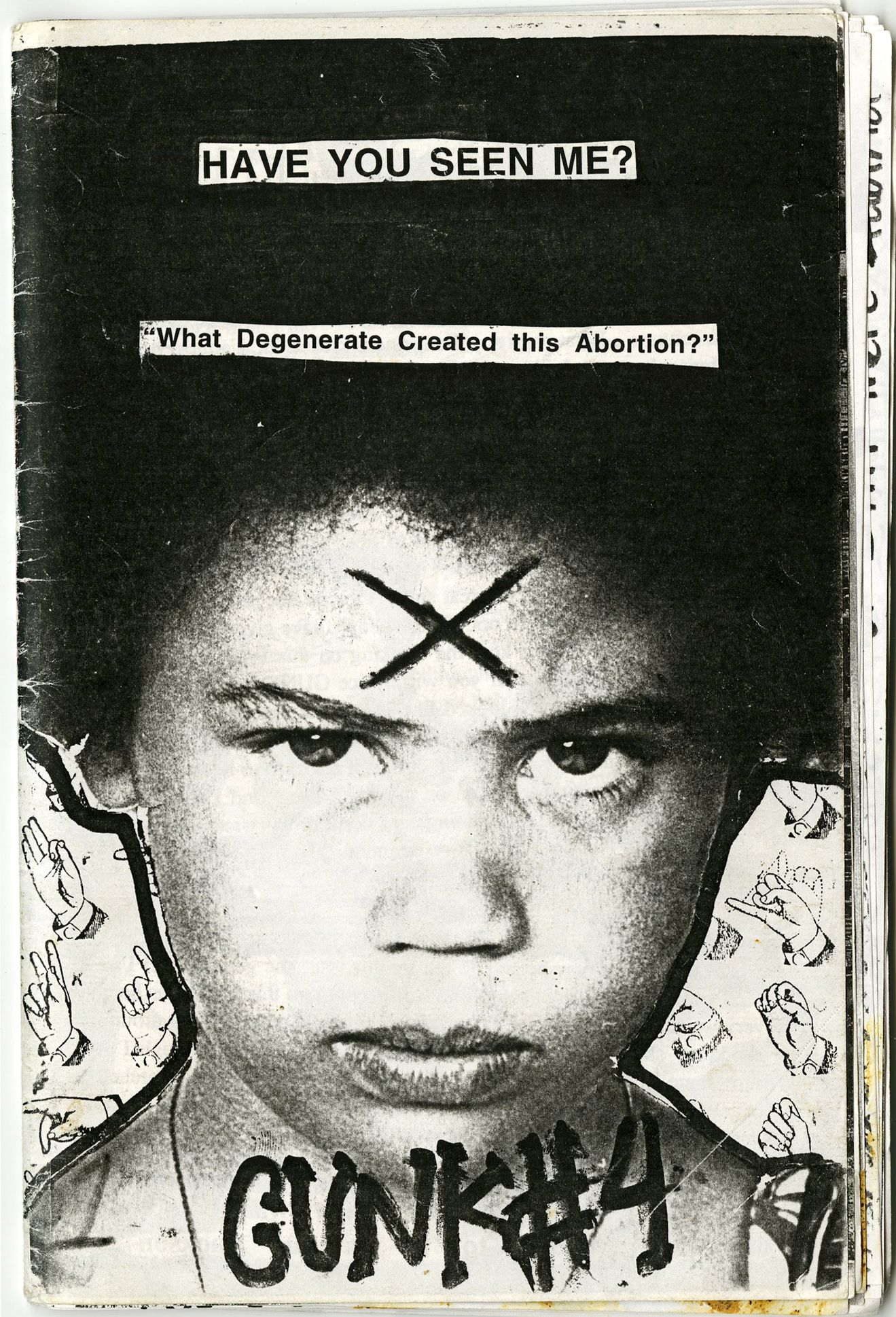
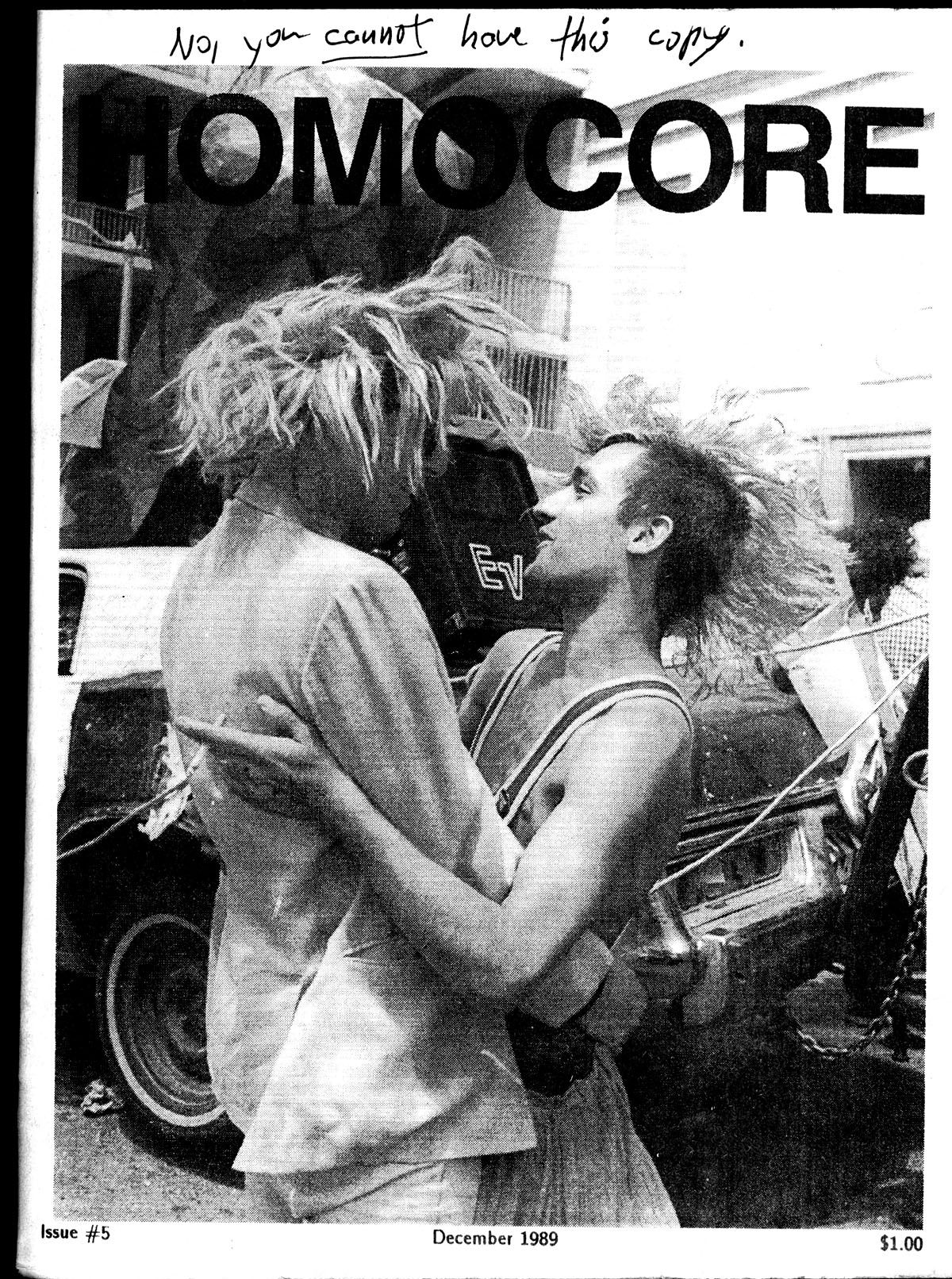
But it's not like people stopped making zines when we all got sucked into the internet. In a world saturated with digital noise, zines remain raw and tangible. They rely on serendipity for you to find them, rather than an algorithm. There are so many incredible zine-makers working around the world today. Look out for them in your local indie bookstore or radical meetup space.
And hey, why not try making one of your own? You'll be joining a long legacy of misfits and weirdos and dissidents telling their stories on their own terms.
Wishing you courage to riot,
Sam

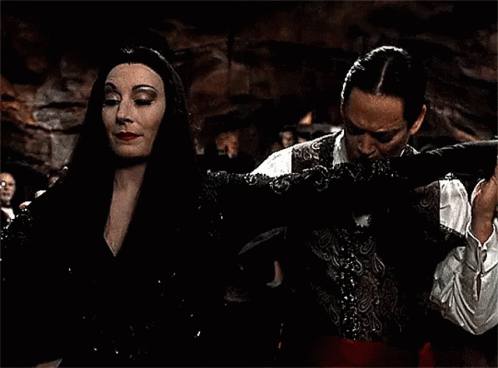



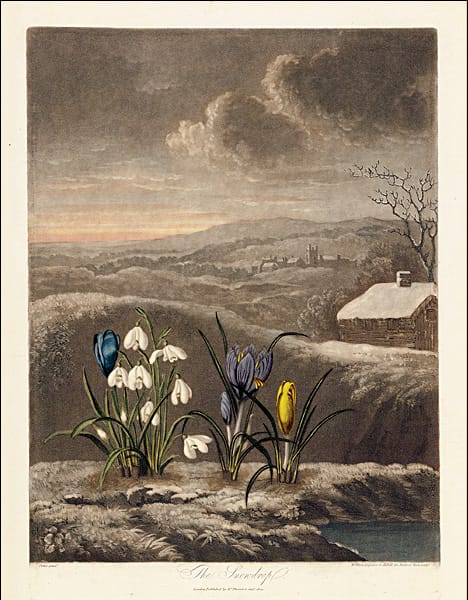
Member discussion